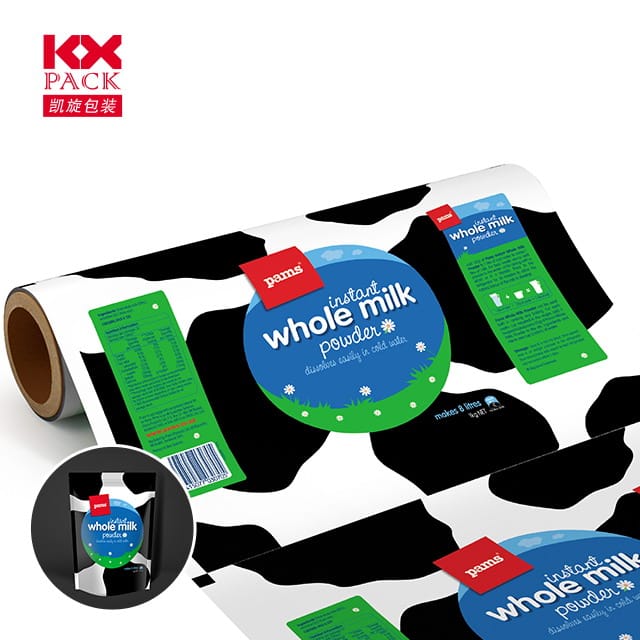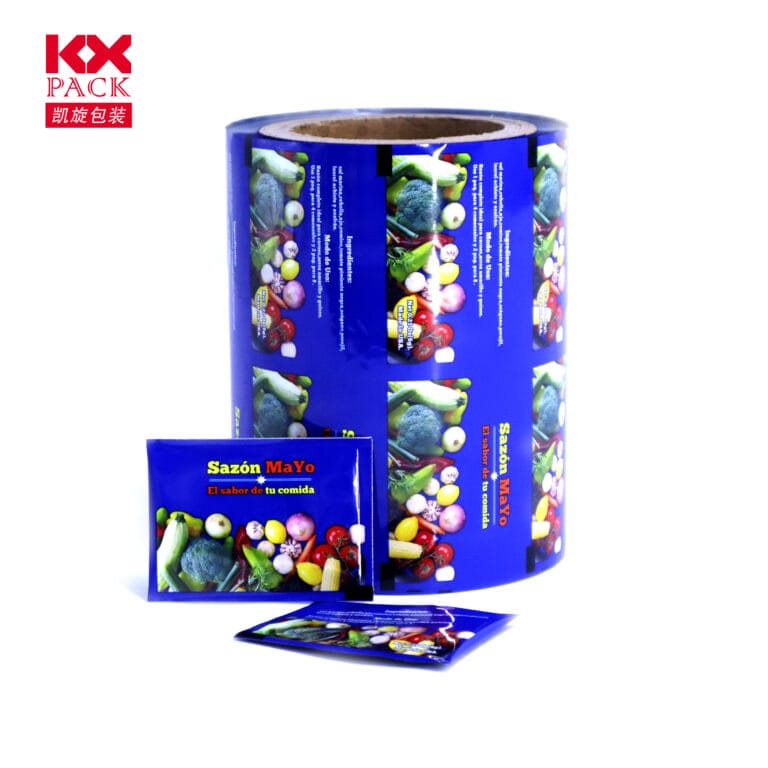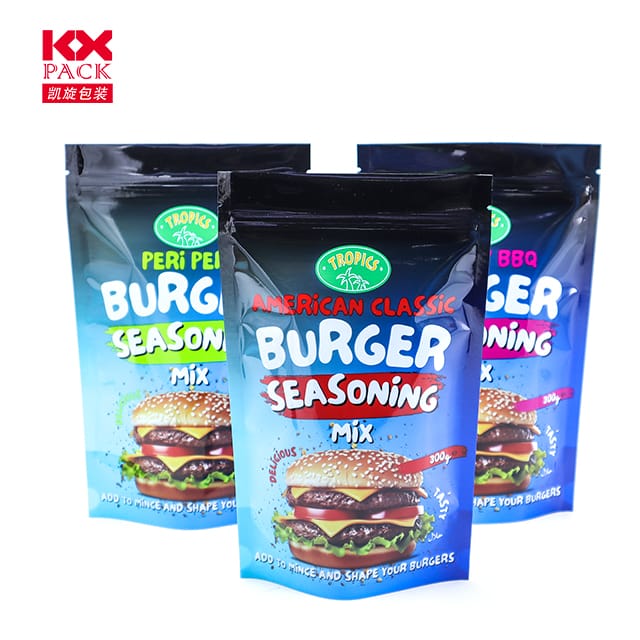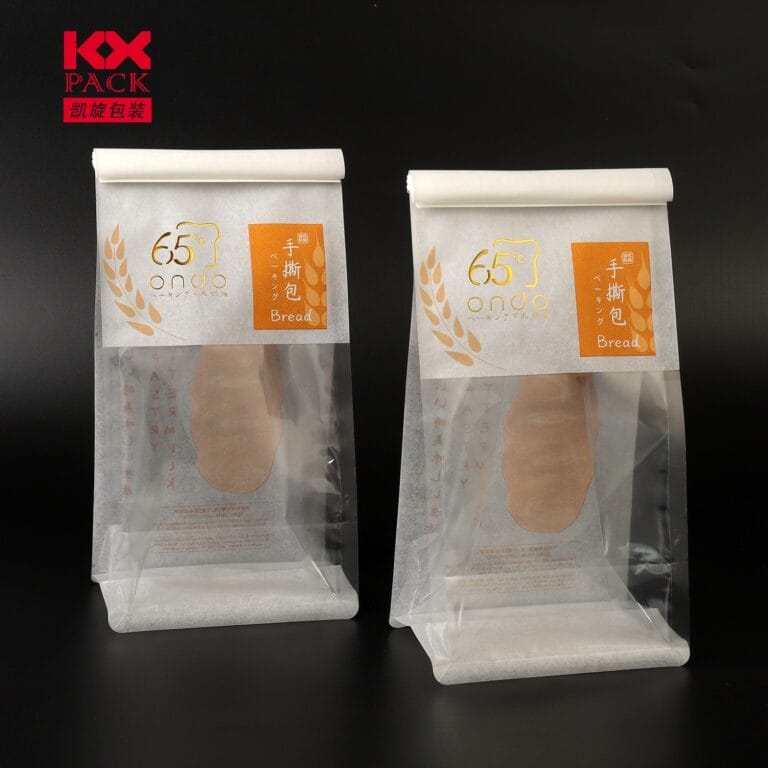Exploring the Evolution and Innovations of Film Plastic: A Comprehensive Overview(2)
Film Plastic
The term “Film Plastic” refers to a versatile category of thin, flexible materials derived from polymers, playing a pivotal role across industries. From packaging solutions to advanced technological applications, film plastics have transformed modern manufacturing and consumer habits. This blog delves into their significance, recent innovations, and future trends.
1. The Foundation: Types and Applications
Film plastics encompass a range of materials, w tym polietylen (PE), polipropylen (PP), polyester (ZWIERZAK DOMOWY), and biodegradable polymers like PLA. Their lightweight, wytrzymały, and cost-effective properties make them indispensable in:
- Opakowania: Food-grade films extend shelf life, while industrial films protect goods during transit.
- Rolnictwo: Mulching films improve crop yields by retaining soil moisture.
- Elektronika: Conductive and insulating films enable high-performance circuit boards.
- Medical Devices: Sterile packaging and implantable materials rely on biocompatible films.
2. Dynamika rynku i wzrost
The global film plastic market is experiencing steady expansion, prowadzony przez:
- Rising Demand: The packaging sector, particularly in emerging economies, fuels consumption.
- Postęp technologiczny: Innovations like nanotechnology and multi-layer coextrusion enhance film functionality.
- Inicjatywy zrównoważonego rozwoju: Regulatory pressures and consumer demand push for biodegradable and recyclable films.
Według raportów branżowych, the market size was valued at approximatelyUSD 787 miliard w 2022 i przewiduje się dotrzećUSD 963.7 miliard przez 2029, z CAGR 2.9%. Key players include China, the U.S., and Europe, where industries are rapidly adopting eco-friendly alternatives.
3. Innovations Shaping the Future
3.1 Functional Films for Specialized Needs
- Antifog and Antistatic Films: These prevent condensation and static buildup, critical for electronics and food packaging.
- Filmy o wysokiej zawartości barier: Used in food and pharmaceutical packaging, they extend product shelf life by blocking oxygen and moisture.
- Inteligentne filmy: Incorporating RFID tags, temperature sensors, or QR codes, these films enhance traceability and consumer engagement.
3.2 Zrównoważony rozwój: The Green Imperative
- Filmy biodegradowalne: PLA (Kwas polilowy) and other bio-based polymers reduce environmental impact. Na przykład, LVMH Group uses PLA-based films for luxury packaging.
- Treści z recyklingu: Brands like Coca-Cola and Mars are adopting 100% rPET (recycled PET) in their packaging, signaling a shift toward circular economy practices.
- Lekka: Reducing material thickness without compromising strength—such as PepsiCo’s 10% lighter 330ml PET bottles—cuts costs and carbon footprints.
3.3 High-Performance Films for Emerging Industries
- Automotive Lightweighting: Films like PA6/12 and PPE+PA composites reduce vehicle weight, boosting fuel efficiency. BMW’s i3 and Toyota’s ISO Dynamics resin seats exemplify this trend.
- Elektronika: High-temperature-resistant films (NP., PEEK, PPS) enable safer, faster-charging EV batteries.
- Medical Innovations: Biocompatible films for drug packaging and implants, such as Astellas’ bio-based blister packs, improve patient safety.
4. Wyzwania i możliwości
Pomimo postępu, the industry faces hurdles:
- Waste Management: Single-use plastics remain a concern, necessitating better recycling infrastructure.
- Zgodność regulacyjna: Stringent environmental laws (NP., EU’s single-use plastic ban) require agile adaptation.
- Koszt vs.. Zrównoważony rozwój: Biodegradable films often cost more, limiting adoption in price-sensitive markets.
Jednakże, these challenges drive innovation. Collaborations between academia and industry, such as Amat Medical’s PLCL polymer stents, show promise in closing the gap between performance and sustainability.
5. Droga przed nami
The future of film plastics hinges on:
- Zaawansowane technologie recyklingu: Chemical recycling of mixed plastics could unlock high-value applications.
- Inteligentne opakowanie: Integration of IoT sensors for real-time product monitoring.
- Global Collaboration: Cross-industry partnerships to standardize sustainable practices.
Wniosek
Film plastics are more than mere packaging materials—they are enablers of innovation, efektywność, i zrównoważony rozwój. As industries evolve, so too must these films, balancing performance with environmental responsibility. The journey ahead demands creativity, collaboration, and a commitment to a greener future.
What are your thoughts on the future of film plastics? Share your insights in the comments below!







